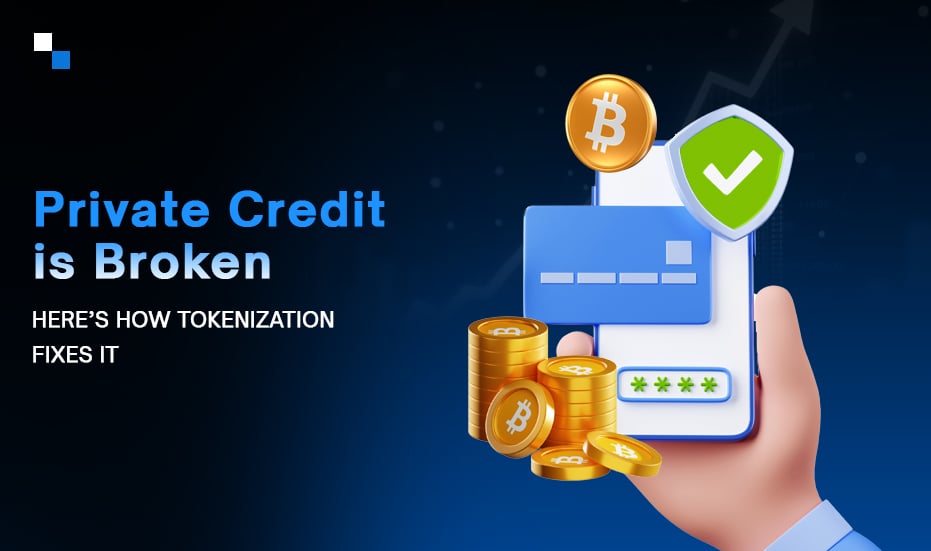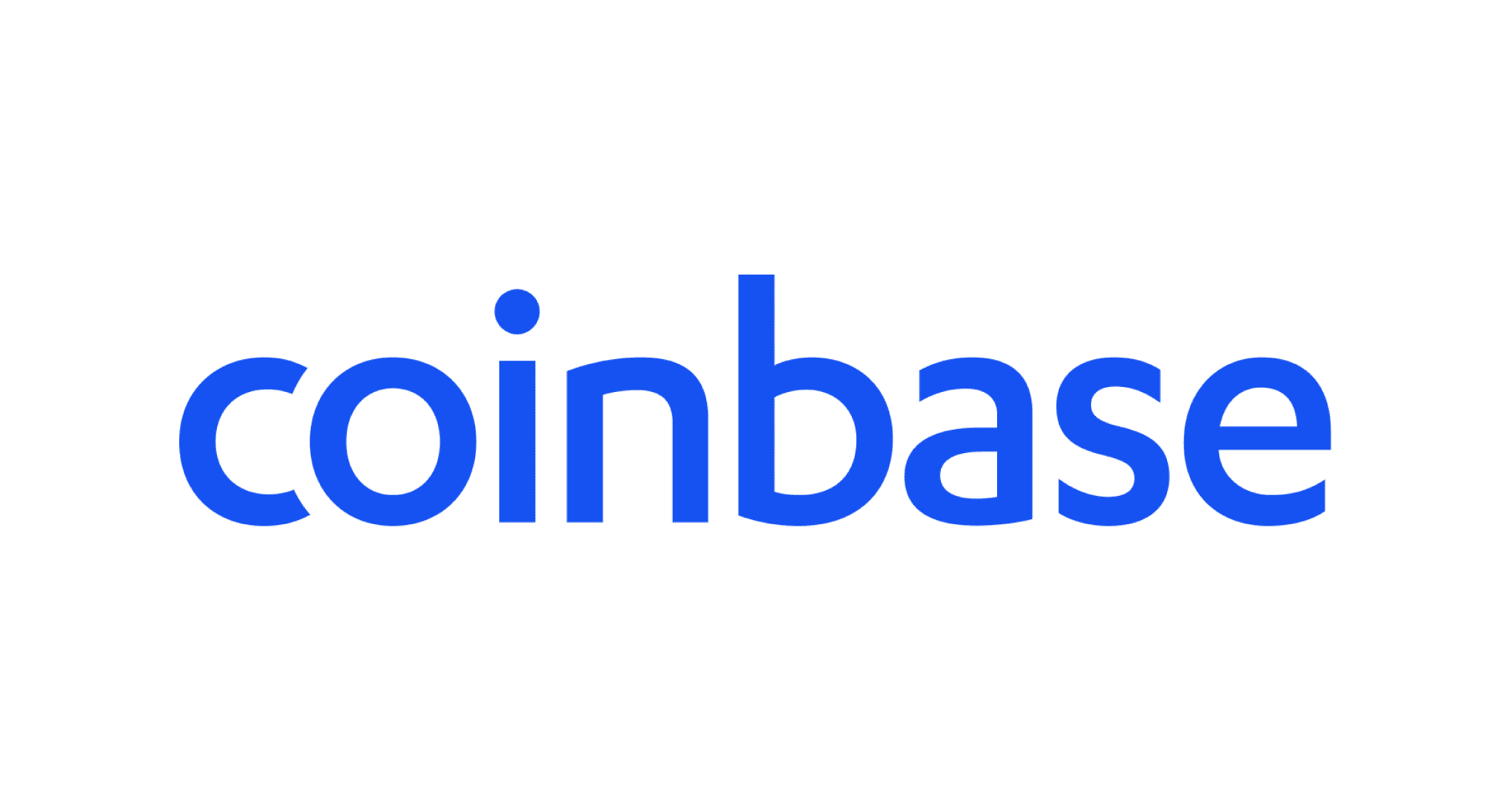Key Takeaways
- Tokenized private credit turns traditional debt into digital assets, unlocking liquidity and accessibility in a $16 billion market.
- New opportunities and inequalities emerge as regulations and technology shape who can participate.
- Key players like Figure, Maple Finance, and Goldfinch are defining the future of on-chain lending and Web3 banking.
The Rise of Tokenized Private Credit
Tokenized private credit is shaking up the financial world, offering an unprecedented blend of traditional lending and blockchain innovation. Once a closed-door market accessible only to large institutions, private credit is now being opened to a wider pool of investors through tokenization — the process of converting real-world assets like loans into digital tokens on a blockchain.
As of August 2025, tokenized private credit represents between $12 and $16 billion in assets, and the number is climbing fast. The appeal is simple: liquidity, transparency, and accessibility. But as the space expands, regulators and investors alike are taking a harder look at the fine print — and at the potential for new inequalities in the decentralized age.
How Tokenized Private Credit Works
At its core, tokenized private credit digitizes private loans, allowing them to be divided into smaller, tradeable units. Through smart contracts, interest payments and loan structures are automated, reducing costs and complexity.
This model also introduces fractional ownership, enabling investors to buy small portions of private debt instruments. In theory, this opens the market to retail participants who were previously locked out by steep capital requirements.
The promise is powerful: liquidity in markets that were once illiquid, automation that cuts out middlemen, and a global audience that can invest from anywhere. Yet in practice, things are far from straightforward.
Opportunities and Inequalities in the New Credit Economy
While tokenization brings accessibility, it doesn’t guarantee inclusion. In most jurisdictions, tokenized credit instruments are classified as securities, meaning retail investors are still restricted by regulation. Even as the blockchain lowers operational barriers, legal and financial ones persist.
Furthermore, platform and jurisdictional discrepancies could create a new kind of digital inequality. Investors in compliant regions — or those with access to accredited platforms — will enjoy early advantages. Meanwhile, those in unregulated or developing markets could face risks from fraud, illiquidity, or predatory contracts.
Institutional players and crypto-savvy investors are better equipped to handle these complexities. As a result, the much-touted democratization of finance might end up reinforcing old hierarchies under new, tokenized terms.
The Titans and Innovators of Tokenized Credit
Several companies are leading the race to bring private credit on-chain:
- Figure — With over $16 billion in tokenized U.S. home equity loans, Figure’s Provenance blockchain now handles 40% of the global tokenized credit volume, making it a cornerstone of this emerging market.
- Maple Finance — The first to launch institutional lending on-chain, Maple has weathered both growth and turbulence, proving that DeFi can support traditional financial infrastructure.
- Goldfinch — Focused on uncollateralized lending for SMEs, Goldfinch’s dual-tranche structure enhances transparency and risk management across global markets.
- Centrifuge — By connecting traditional credit to DeFi through tokenized SPVs and bond tokens, Centrifuge bridges the gap between regulated finance and blockchain liquidity.
- Tradable — A rising star built on ZKsync Era, Tradable partners with institutional asset managers to tokenize billions in private debt and expand institutional adoption.
These platforms reflect a broader trend: the merging of Web3 technology with traditional credit infrastructure, a key step toward the next evolution of digital finance.
Also read : Interstellar Visitor 3I/ATLAS Stuns Astronomers with Mysterious Sun-Facing Glow and Alien Composition
The Future: Compliance, Liquidity, and DeFi Integration
The tokenized private credit market could surpass $3 trillion by 2028, according to projections — but only if it overcomes regulatory and operational challenges. To achieve mainstream success, platforms must balance decentralization with compliance, building systems that satisfy both regulators and retail investors.
As regulated marketplaces emerge and token infrastructure matures, liquidity premiums are expected to shrink. That would make tokenized debt more efficient and appealing — not only to crypto investors but also to banks, asset managers, and global corporations entering the Web3 era.
Conclusion: A Promising Yet Precarious Revolution
Tokenized private credit represents a seismic shift in how global finance could function — blending traditional debt markets with blockchain-based transparency and automation. Yet, it’s also a test case for how far decentralization can go before regulation, risk, and inequality pull it back.
For investors, startups, and institutions alike, the message is clear: tokenization is coming, but navigating its risks will require as much diligence as innovation. The next few years will determine whether this movement truly democratizes finance — or simply reshapes the old system in a digital disguise.
Disclaimer: The information in this article is for general purposes only and does not constitute financial advice. The author’s views are personal and may not reflect the views of GameDegen.com. Before making any investment decisions, you should always conduct your own research. GameDegen.com is not responsible for any financial losses.




